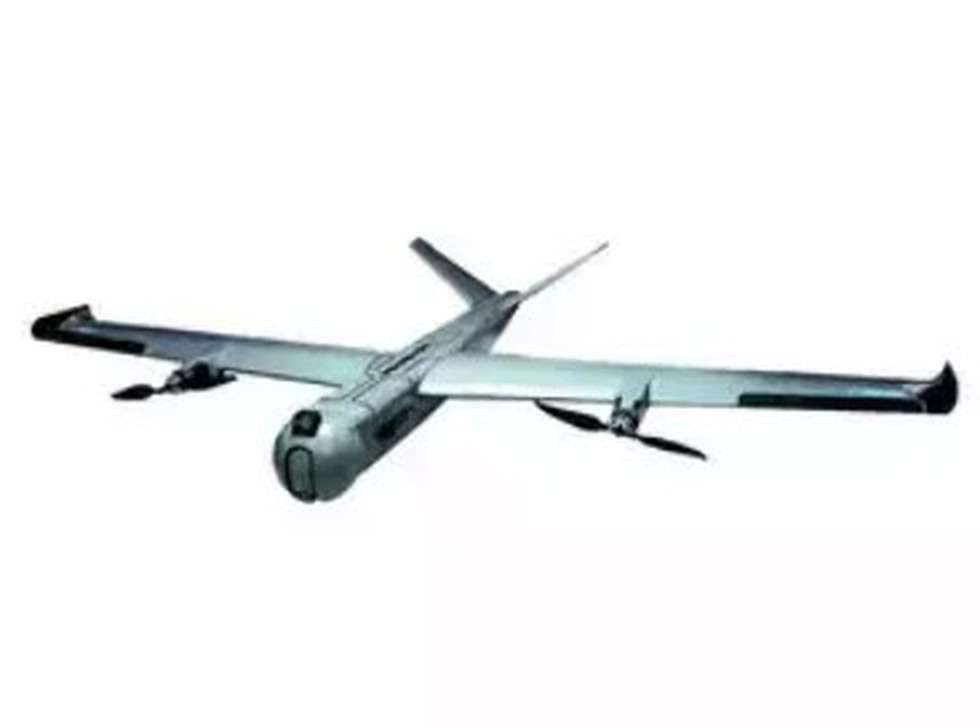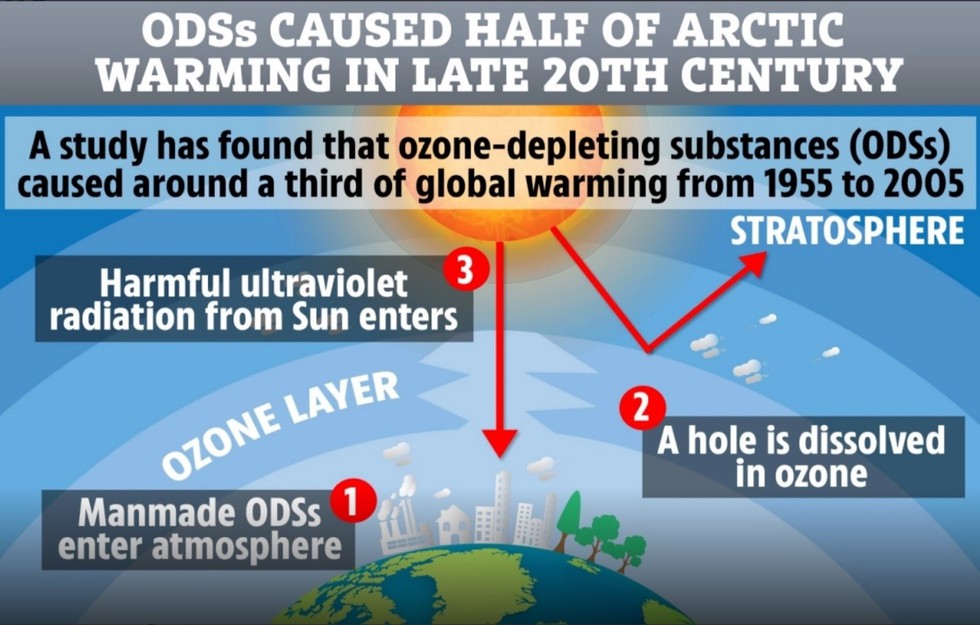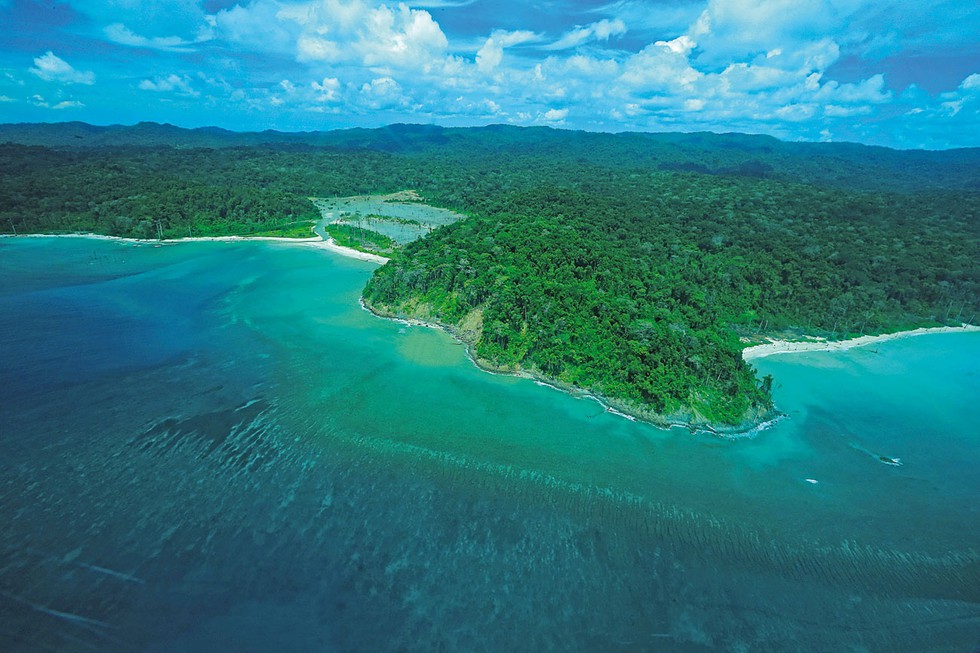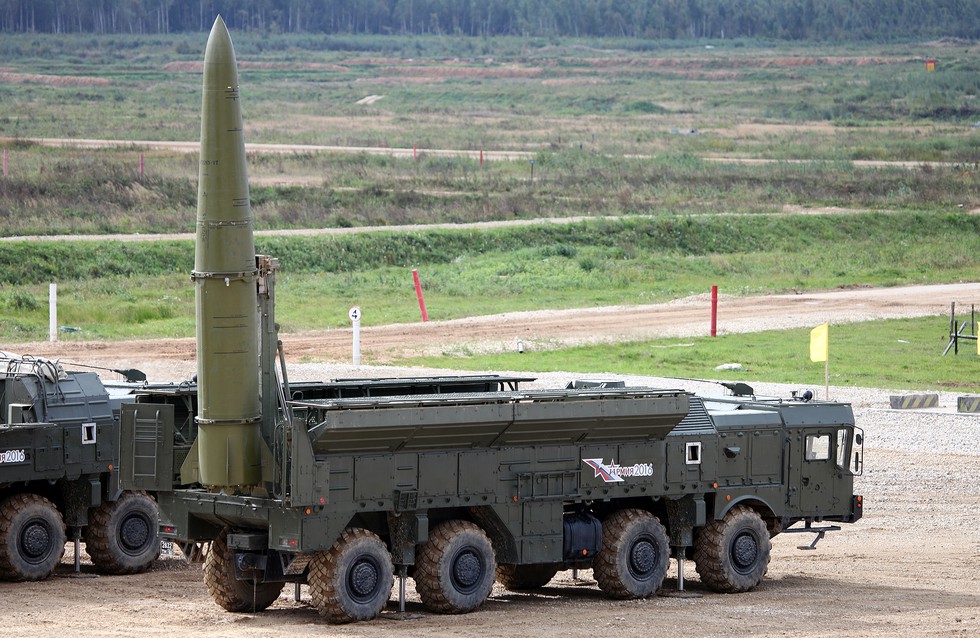
About:
- It is awarded in honour of Norwegian-American businessman and philanthropist Fred Kavli (1927-2013)
- The Kavli Prizes are awarded in three areas: astrophysics, nanoscience and neuroscience — the largest, the smallest, and the most complex. The inaugural prize was announced in 2008.
Winners in 2024:
- ASTROPHYSICS: This year’s prize for astrophysics has been awarded to David Charbonneau, and Sara Seager for discoveries of exoplanets, and the characterisation of their atmosphere.
- NANOSCIENCE: Robert Langer, Armand Paul Alivisatos, and Chad Mirkin were given the prize for nanoscience for biomedical applications breakthroughs.
- NEUROSCIENCE: The prize in neuroscience has been awarded to Nancy Kanwisher, Winrich Freiwald, and Doris Tsao for their collective effort over decades to map the linkage between facial recognition and the brain.
2. Hawkish economic policy

About:
- Hawkish economic policy refers to a stance taken by central banks or other economic policymakers that emphasizes the importance of controlling inflation, often at the expense of other economic goals like full employment or economic growth.
- Policymakers who are "hawkish" tend to favor higher interest rates to keep inflation in check and maintain price stability.
- This approach is often contrasted with "dovish" economic policy, which prioritizes stimulating economic growth and reducing unemployment, even if it means tolerating higher inflation.
Key characteristics of hawkish economic policy:
- Higher interest rates: Raising interest rates to make borrowing more expensive, which can reduce spending and investment, thereby cooling off an overheating economy.
- Tightening monetary policy: Implementing measures to reduce the money supply or slow its growth, which can help control inflation.
- Inflation targeting: Prioritizing low inflation as a primary goal, often setting explicit inflation targets and taking actions to ensure they are met.
- Reducing economic stimulus: Cutting back on fiscal or monetary stimulus measures that could spur inflation, such as reducing government spending or unwinding quantitative easing programs.
3. Standards applied in death sentence cases

About:
- The court has reaffirmed the “rarest of rare” standard in several decisions.
- The Report of the 262nd Law Commission, published in 2015, recommended the “absolute abolition” of the death penalty “for all crimes other than terrorism related offences and waging war”
Constitutional Provisions:
- Article 21 (Right to Life and Personal Liberty) guarantees the right to life and personal liberty.
- Any deprivation of this right must follow the procedure established by law.
- Article 72 and Article 161 provide the President and Governors with the power to grant pardons, reprieves, respites, or remissions of punishment or to suspend, remit, or commute the sentence of any person convicted of any offence.
Judicial Principles:
- Rarest of the Rare Doctrine: Established in the landmark case of Bachan Singh v. State of Punjab (1980), the Supreme Court of India held that the death penalty should only be awarded in the "rarest of the rare" cases, where the alternative option is unquestionably foreclosed.
- Proportionality and Balancing Aggravating and Mitigating Circumstances: Courts must weigh aggravating circumstances (such as the nature and gravity of the crime) against mitigating circumstances (such as the socio-economic background, age, or mental condition of the offender) before deciding on the death penalty.
- Judicial Review and Confirmation: The death sentence pronounced by a trial court must be confirmed by the High Court.
- Further, the Supreme Court can review the case, and there are provisions for mercy petitions to the President and Governors.
Statutory Provisions:
- Indian Penal Code (IPC), 1860: Specifies offenses that are punishable by death, including murder (Section 302), treason (Section 121), terrorism-related offenses (Section 121A), and others.
- Code of Criminal Procedure (CrPC), 1973: Provides procedural safeguards for the accused in death penalty cases, such as the requirement for the sentence to be confirmed by a higher court (Section 366) and the right to appeal (Section 374).
- Special Laws: Certain special legislations, such as the Terrorist and Disruptive Activities (Prevention) Act (TADA), Narcotic Drugs and Psychotropic Substances Act (NDPS), and Protection of Children from Sexual Offences Act (POCSO), also prescribe the death penalty for specific crimes.
4. What is Nagastra?

About:
- The Indian army has integrated the Nagastra 1 loitering munition, designed by Economic Explosives Limited (EEL), as its first indigenous man-portable suicide drone.
- These drones enhance the army's precision strike capabilities against enemy training camps and infiltrators, with a focus on reducing dependence on imports and promoting self-reliance in defence technology.
- With the potential for exports to friendly nations, Nagastra 1 showcases India's advancement in developing cost-effective solutions for modern warfare.
Key Features:
- The Nagastra-1 is fully designed and developed in India, with an indigenous content of over 75%.
- The drone can carry out GPS-enabled precision strikes with an accuracy of 2 meters and has a range of almost 30 km.
- The drone has a low acoustic signature and electric propulsion, making it a silent killer.
- The drone has a parachute recovery mechanism, which can bring back the munition in case of an aborted mission, enabling it to be used multiple times.
- The drone weighs 6 kg and can stay airborne for up to 60 minutes.
5. Ozone-Depleting Substances (ODS)

About:
- Ozone-Depleting Substances (ODS) are chemicals that cause the depletion of the stratospheric ozone layer.
- This layer is crucial for protecting life on Earth by absorbing the majority of the sun's harmful ultraviolet (UV) radiation.
- The most common ODS include chlorofluorocarbons (CFCs), Halons, Carbon Tetrachloride and Methyl Chloroform.
- ODS are substances commonly used in refrigerators, air conditioners, fire extinguishers and aerosols.
The Montreal Protocol:
- The Montreal Protocol, signed in 1987, is a global agreement to protect the stratospheric ozone layer by eliminating the production and consumption of ODSs like chlorofluorocarbons (CFCs).
- The worldwide production of CFCs has been prohibited since 2010.
Kigali Amendment to Montreal Protocol:
- In 2016, Parties to the Montreal Protocol adopted the Kigali Amendment to phase down the production and consumption of hydrofluorocarbons (HFCs) worldwide.
- HFCs are widely used alternatives to ODS such as hydrochlorofluorocarbons (HCFCs) and chlorofluorocarbons (CFCs), already controlled under the Protocol.
6. What is Olympus Mons?

About Olympus Mons:
- It is a shield volcano located in Mars’ western hemisphere.
- It is the highest point on Mars and the largest known volcano in the solar system.
- It is 16 miles (24 kilometers) high, which makes it about three times higher than Mt. Everest.
- It is also very wide (340 miles or 550 kilometers) and covers an area larger than the entire chain of Hawaiian Islands.
- In contrast, the largest volcano on Earth, Hawaii’s Mauna Loa, is 120 kilometers across and 9 kilometers high.
- It is some 3.5 billion years old, which means the volcano formed early on in Mars’ history.
- It is a very flat mountain which slopes by only 2 to 5 degrees.
- Its summit is marked by a caldera, a large depression formed by volcanic activity, spanning 50 miles (80 kilometers) wide.
- The summit caldera consists of several overlapping pits. These pits were created by different eruptive phases.
- In contrast, many Earth-based volcanoes typically feature a single, less complex caldera.
Key Facts about Shield Volcano:
- They are the largest volcanoes on Earth.
- They do not form soaring mountains with conical peaks like composite volcanoes. Instead, they are broad volcanoes with gentle slopes.
- They are almost exclusively basalt, a type of lava that is very fluid when erupted.
- Because basalt has a low viscosity, it can flow on the surface better. So, when these types of volcanoes erupt, lava flows outwards at large distances.
- They are built by repeated eruptions that occurred intermittently over vast periods of time.
- Eruptions at shield volcanoes are only explosive if water somehow gets into the vent; otherwise, they are characterized by low-explosivity fountaining that forms cinder cones and spatter cones at the vent.
- The Hawaiian shield volcanoes are the most famous examples.
7. Key Facts about Great Nicobar Island

About Great Nicobar Island:
- It is the southernmost island of the Nicobar Islands Archipelago, located in the southeast of the Bay of Bengal.
- It is the largest of the Nicobar group of islands, spanning 1,045 square kilometers.
- Headquarters: Campbell Bay
- Indira Point, situated in Campbell Bay, is the southernmost point of India and is only about 150 km from Sumatra, Indonesia.
- The population consists mostly of two indigenous communities: Shompen, a largely nomadic hunter-gatherer Particularly Vulnerable Tribal Group, and Nicobarese, a semi-traditional Scheduled Tribe.
- It has tropical wet evergreen forests, hill ranges nearly 650 m high, and coastal plains.
- A large portion of the island is covered by dense forests, which are home to a variety of endemic biodiversity, including the Nicobar megapode, the Nicobar tree shrew, and the Nicobar long-tailed macaque.
- The only biosphere reserve in the Andaman and Nicobar Islands, the Great Nicobar biosphere reserve encompasses a large part (some 85%) of the island.
- The island also comprises a hill range with its highest point being around 642 meters above sea level at Mount Thuillier.
- The region also has coral reefs with varied thicknesses and diversity.
- The island has many rivers, such as the Alexandra, Dogmar, Galathea, and Amrit Kaur, all of which flow in a south-western or southern direction, which in turn signifies the southern slope of the island.
8. What is Ultrasound Imaging?

About Ultrasound Imaging:
- It is a noninvasive imaging test.
- It uses high-frequency sound waves to create real-time pictures or videos of internal organs or other soft tissues, such as blood vessels.
- It is also called ultrasonography or sonography. Ultrasound images may be called sonograms.
- Ultrasound enables healthcare providers to see the details of soft tissues inside your body without making any incisions (cuts).
- Unlike other imaging techniques, ultrasound uses no radiation.
- Healthcare providers use ultrasound exams for several purposes, including during pregnancy, for diagnosing conditions, and for image guidance during certain procedures.
- How does an ultrasound work?
- During an ultrasound, a healthcare provider passes a device called a transducer or probe over an area of your body or inside a body opening.
- The provider applies a thin layer of gel to your skin so that the ultrasound waves are transmitted from the transducer through the gel and into your body.
- The probe converts electrical current into high-frequency sound waves and sends the waves into your body’s tissue.
- Sound waves bounce off structures inside your body and back to the probe, which converts the waves into electrical signals.
- The denser the object the ultrasound hits, the more of the ultrasound bounces back.
- A computer then converts the pattern of electrical signals into real-time images or videos, which are displayed on a computer screen.
- Limitations:
- Sound waves don't travel well through air or bone. This means ultrasound isn't effective at imaging body parts that have gas in them or are hidden by bone, such as the lungs or head.
- Ultrasound may also not be able to see objects that are located very deep in the human body.
9. What is Iskander-M?

About Iskander-M:
- The Iskander (Western reporting name: SS-26 Stone) is a road-mobile short-range ballistic missile system developed by Russia.
- It entered Russian service in 2006.
- It is designed for tactical strikes on small, high-value land targets.
- This system can use different types of missiles.
- Features:
- It is 7.3 meters long, 0.92 meters in diameter, and has a launch weight of 3,750 kilograms.
- It has a range of 400-500 km and uses both inertial and optical guidance systems.
- It can carry conventional and nuclear warheads up to 700 kg.
- Its missiles can travel at up to seven times the speed of sound (Mach 7) and can reach an altitude of more than 30 miles.
- It employs a maneuverable reentry vehicle (MaRV) and decoys to defeat theater missile defense systems.
- It is also equipped with various systems for in-flight correction and self-targeting, allowing the missile to overcome missile defense systems.
- Variants:
- Iskander-E: export version, range: 280 km.
- Iskander-K: new version, unveiled in 2007, with a new cruise missile R-500, range: 280 km max.
10. Lipulekh Pass

About Lipulekh Pass:
- It is a high-altitude mountain pass located in the Kumaon region of Uttarakhand, near the tri junction of India, Nepal and China.
- It links the Indian state of Uttarakhand with the Tibet region of China.
- It lies at an altitude of approximately 5,334 meters (17,500 feet).
- The pass is renowned for its challenging terrain, marked by steep ascents and rugged landscapes.
- Its elevation and strategic location make it a gateway to the higher reaches of the Himalayas.
- Ancient Trade Route: It has been utilized for centuries as a trade route, connecting the Indian subcontinent with the Tibetan plateau.
- Religious Significance: The pass also has religious significance, being an integral part of the Kailash Mansarovar Yatra, a sacred pilgrimage for Hindus.
- Devotees undertake this arduous journey to reach Mount Kailash, considered the abode of Lord Shiva, and the nearby Mansarovar Lake.
- It is the first Indian border post opened for trade with China in 1992.
- This was followed by the opening of Shipki La Pass, Himachal Pradesh in 1994 and Nathu La Pass, Sikkim in 2006.


























































































































































.png)
.png)
.png)
.png)
.png)


.png)
.png)
.png)





.png)
.png)






.png)
.png)
.png)
.png)
.png)
.png)
.png)
.png)
.png)

.png)







.png)
.png)


.png)
.png)
.png)


.png)

.png)
.png)





.jpg)

.png)
.png)


.png)

.png)
.png)
.png)

.jpg)

.jpg)


.png)

.png)
.png)
.png)
.png)
.png)
.png)
.png)
.png)
.png)
.png)




.png)

.png)





.png)
.png)
.png)
.png)
.png)
.png)
.png)
.png)
.png)
.png)
.jpg)
.jpg)

.png)
.png)
.png)
.png)
.png)
.png)
.png)
.png)
.png)
.png)
.png)
.png)
.png)
.png)
.png)
.png)
.png)
.png)
.png)
.png)
.png)
.png)



.png)
.png)

.jpg)
.jpg)


.jpg)
.jpg)
.jpg)
.jpg)
.jpg)

.jpg)








.jpg)
.jpg)
.jpg)
.jpg)
.jpg)

















.jpg)
.jpg)







.jpg)


















.jpg)
.jpg)






























































































.jpg)
.jpg)


























.jpg)

.jpg)










.jpg)








.jpg)




.jpg)










.jpg)


















.jpg)












































.jpg)














.jpg)
.jpg)
.jpg)





.jpg)

.jpg)
.jpg)





































































.jpg)


































.jpg)
.jpg)
















































.jpg)












.jpg)


.jpg)




.jpg)
.jpg)
.jpg)

.jpg)
.jpg)
.jpg)
.jpg)

.jpg)
.jpg)
.jpg)

.jpg)
.jpg)
.jpg)
.jpg)
.jpg)
.jpg)
.jpg)
.jpg)

.jpg)


.jpg)
.jpg)
.jpg)
.jpg)
.jpg)
.jpg)
.jpg)
.jpg)
.jpg)
.jpg)











.jpg)
.jpg)





.jpg)
.jpg)
.jpg)
























.jpg)
























.jpg)









.jpg)
.jpg)







.jpg)
.jpg)









































.jpg)
.jpg)
.jpg)
.jpg)
.jpg)

.jpg)
.jpg)
.jpg)
.jpg)
.jpg)


.jpg)
.jpg)
.jpg)
.jpg)
.jpg)

.jpg)
.jpg)
.jpg)
.jpg)
.jpg)
.jpg)
.jpg)
.jpg)
.jpg)
.jpg)
.png)

.png)
.png)

.png)
.png)
.png)
.png)


.jpg)
.jpg)

.jpg)
.jpg)
.jpg)

.png)
.png)
.png)
.png)
.png)
.png)
.png)

.png)
.png)
.png)
.png)
.png)
.png)
.png)
.png)
.png)
.png)





































































-min.png)



.png)




.png)








































